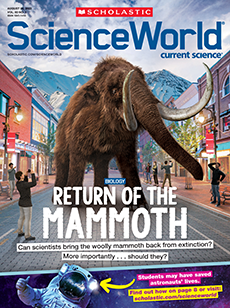Whether you’re planning on being an adorable cat, a creepy skeleton, or a ghoulish zombie this Halloween, it’s likely your costume won’t be complete without makeup. Your getup—which may include face paint, glitter, or fake blood—will probably be the wildest look you wear all year. But no matter how extreme your trick-or-treat makeup is, it probably can’t compare to the dangerous cosmetics people applied in the past. Back then, the harmful ingredients people used were more disturbing than any Halloween monster.
Many historical beauty products were made with substances that could cause terrible side effects. People painted their faces with toxic powder, ate poison, and wore hats dyed with cancer-causing materials. Surprisingly, some of these ingredients are still used today. Read on to learn about the chemistry behind a few of history’s most dangerous beauty products.
You might plan to be a cute cat, a creepy skeleton, or a spooky zombie for Halloween. But your costume will probably include makeup. It may be your wildest look all year. You could use face paint, glitter, or fake blood. But even if your trick-or-treat makeup is extreme, it probably can’t compare to the dangerous cosmetics of the past. Back then, people used harmful ingredients. They were scarier than any Halloween monster.
The substances in many historical beauty products could cause terrible side effects. People painted their faces with toxic powder and ate poison. Some hats were dyed with cancer-causing materials. Believe it or not, some of these ingredients are still used today. Read about the chemistry behind some of history’s most dangerous beauty products.

